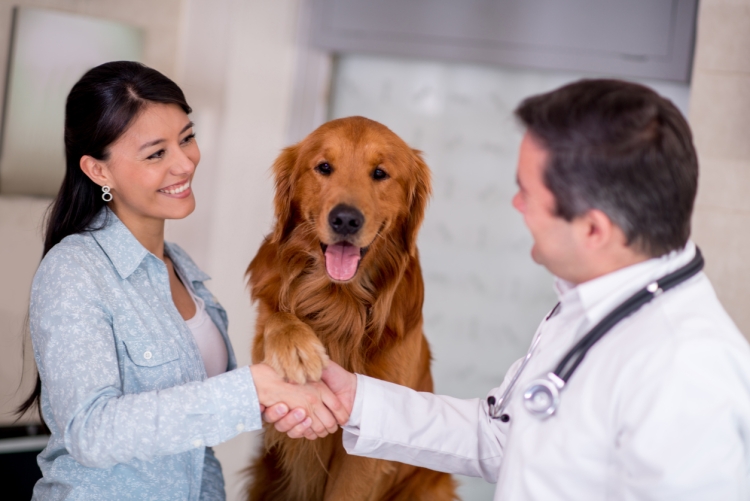Relocating with your pet across the country can be a stressful experience, yet it doesn’t have to be. Whether it’s an interstate move for work, family, or a fresh start, ensuring your pet’s safety and comfort is crucial. Fortunately, with the right preparation and research, moving long-distance with your pet can be a relatively stress-free experience.
How can I ensure the safety and well-being of my pets during a cross-country move?
Keep your pets as calm as possible during the packing and loading process by creating a safe spot away from the chaos and hazards. Just like predictability helps humans relax, the same is true with animals, so try to keep your pets’ daily routine going, including walks and feedings. This ensures they’ll still be familiar with their surroundings and less likely to participate in unsafe behaviors.
How do I prepare my pets for a state-to-state move?
It’s best to get your pet used to traveling in a car, crate, or however you intend them to make the trip. You can do this by riding around the town and stopping in an unfamiliar place for a moment. The stop should be in an unknown area to get your pet accustomed to being in a new environment.
Check that all pets are up-to-date with their vaccinations and have their necessary paperwork. If your pet is microchipped, double-check that the registered information is up-to-date, including details about medications, if any.
Your pets should fast a few hours before the trip. Cats, in particular, are known to have a delicate stomach and are susceptible to vomiting. Dogs, on the other hand, can be prone to experiencing motion sickness.
Plan your pet’s meals accordingly and maintain a schedule while you’re on the road. Additionally, avoid giving them new food before your journey as this could make stomach issues worse.
What are the best practices for moving with pets across the country?
 Check-in with the vet. Pick up all the records and medications you need, including heartworm prevention, NSAIDs, anti-anxiety medications, etc., to last until you find a vet in your new home.
Check-in with the vet. Pick up all the records and medications you need, including heartworm prevention, NSAIDs, anti-anxiety medications, etc., to last until you find a vet in your new home.- Review your destination laws and regulations. The US Department of Agriculture’s Animal and Plant Health Inspection Service provides resources for pet regulations in each state. Your realtor or landlord is a good resource about any particular rules and regulations that apply to your new home or neighborhood.
- Update your pet’s ID tag. Moving to a new place can be confusing and stressful for pets, and they may run away. Having an updated tag makes it easier to find them.
- Have a bag of essentials ready for your pet. All the necessary items like food, bowls, treats, medications, leash, litter box for cats, waste bags for dogs, etc., should be included.
- Let your mover know you have pets. When moving day arrives, your pet should be looked after or kept away from the activity for their safety, and the safety of the move crew. If you don’t have someone to watch them, use crates to contain your pets safely in a specific area of the house. These moving with pets tips ensure a smoother transition for your furry companions during the relocation process. In addition to preparing your pets, it’s also helpful to plan the rest of your move carefully. Following general moving tips to make your relocation easier can reduce stress and help everything go more smoothly, for both you and your pets.
What are the options for pet-friendly transportation services during a long-distance move in the US?
There are a few ways to get your dog, cat, or other pet to your new home. You can choose to take the journey yourself by bringing them with you in the car, plane, etc., or work with a professional pet shipper. There are many pet relocation company options, and we’ve listed a few below. Do your research to find the best fit for your pet and your family.
Are there any specific regulations or requirements for transporting pets across state lines?
As soon as you have your travel plans set, contact a vet near you to help you with the process. Think about things like the timeline of getting a health certificate, keeping vaccinations up to date, and administering medications/ treatments. Also visit the US Department of Agriculture’s Animal and Plant Health Inspection Service for more information relevant to your destination and pet type.
How do I help my pets adjust to a new environment after a long-distance move?
While they’re in their crate, introduce your pet to the room they’ll be in the most. Leave the door open and add their favorite things like toys, treats, and a blanket. This will give your pet time to become familiar with the area in their own time.
By following the right steps and making the necessary preparations, long-distance pet relocation can be a manageable and positive experience for both you and your furry companions.


